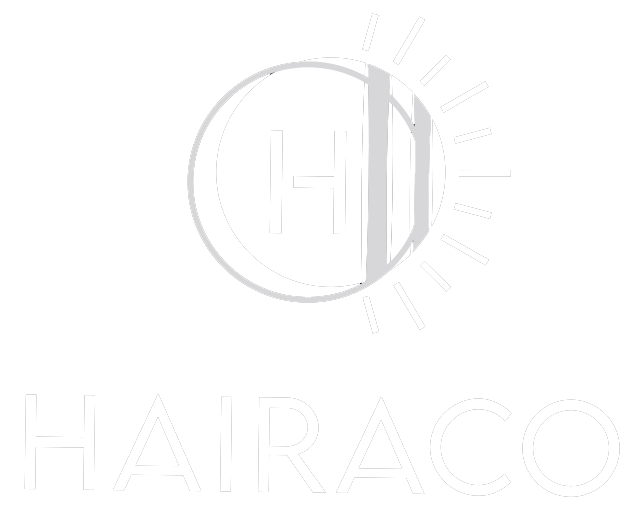The Role of Hair Foils in Dyeing and Highlighting
Hair foils are a quintessential tool in the dyeing and highlighting processes in salons worldwide. They are used to separate sections of hair, allowing for the application of different colors or lightening agents while preventing the colors from bleeding into each other. However, their function goes beyond mere separation; hair foils actually expedite the entire coloring process, making them invaluable for both hairstylists and clients.
The Science Behind Hair Foils
Understanding how hair foils work requires a bit of knowledge about hair dye chemistry. When hair dye or lightening agents are applied, they undergo a chemical reaction that alters the color of the hair. This process involves opening the hair cuticle, allowing the dye to penetrate, and then sealing the color inside. The reaction is typically influenced by factors like heat, time, and the concentration of the dye or bleach.
Hair foils create an enclosed environment that traps heat generated naturally by the scalp or from an external source such as a hooded dryer. The increased temperature speeds up the chemical reaction, allowing the dye or bleach to develop faster. This accelerated process is particularly beneficial when multiple colors are involved or when a significant change in hair color is desired, as it cuts down the overall time spent in the salon chair.
Efficiency and Precision
One of the most significant advantages of using hair foils is the precision they offer. By isolating specific sections of hair, stylists can apply different colors or bleaching agents without worrying about them mixing. This capability is particularly important for intricate techniques like balayage, ombré, and classic highlights, where multiple shades may be used to create a seamless blend of colors.
The precision afforded by foils also means that the stylist can work more efficiently. Since the foil isolates each section, it becomes easier to monitor the progression of the dyeing or lightening process. If one section is developing faster than another, it can be easily adjusted without affecting the rest of the hair. This level of control ensures consistent and high-quality results in a shorter timeframe.
Client Comfort and Convenience
From the client’s perspective, the shortened processing time is a significant benefit. Spending less time in the salon chair makes the coloring experience more comfortable and convenient. In today’s fast-paced world, saving an hour or more on a hair appointment can make a big difference, especially for clients with busy schedules.
Furthermore, the predictability and reliability of results achieved with foiling techniques can reduce the need for follow-up visits or corrections, saving clients both time and money in the long run.
Environmental Considerations
While hair foils are typically made of aluminum, a material that can be recycled, the environmental impact of their widespread use is an ongoing concern. Many salons are now exploring more sustainable alternatives, such as biodegradable foils or reusable silicone strips, to mitigate their ecological footprint while still enjoying the efficiency benefits of foiling techniques.
Conclusion
Hair foils are more than just a tool for separation; they are essential for expediting the hair dyeing and highlighting processes. By creating a controlled environment that speeds up chemical reactions, they allow for greater precision, efficiency, and client comfort. As the beauty industry evolves, innovations in foiling techniques and materials will continue to enhance the benefits, making hair foils an indispensable part of modern hairstyling.

